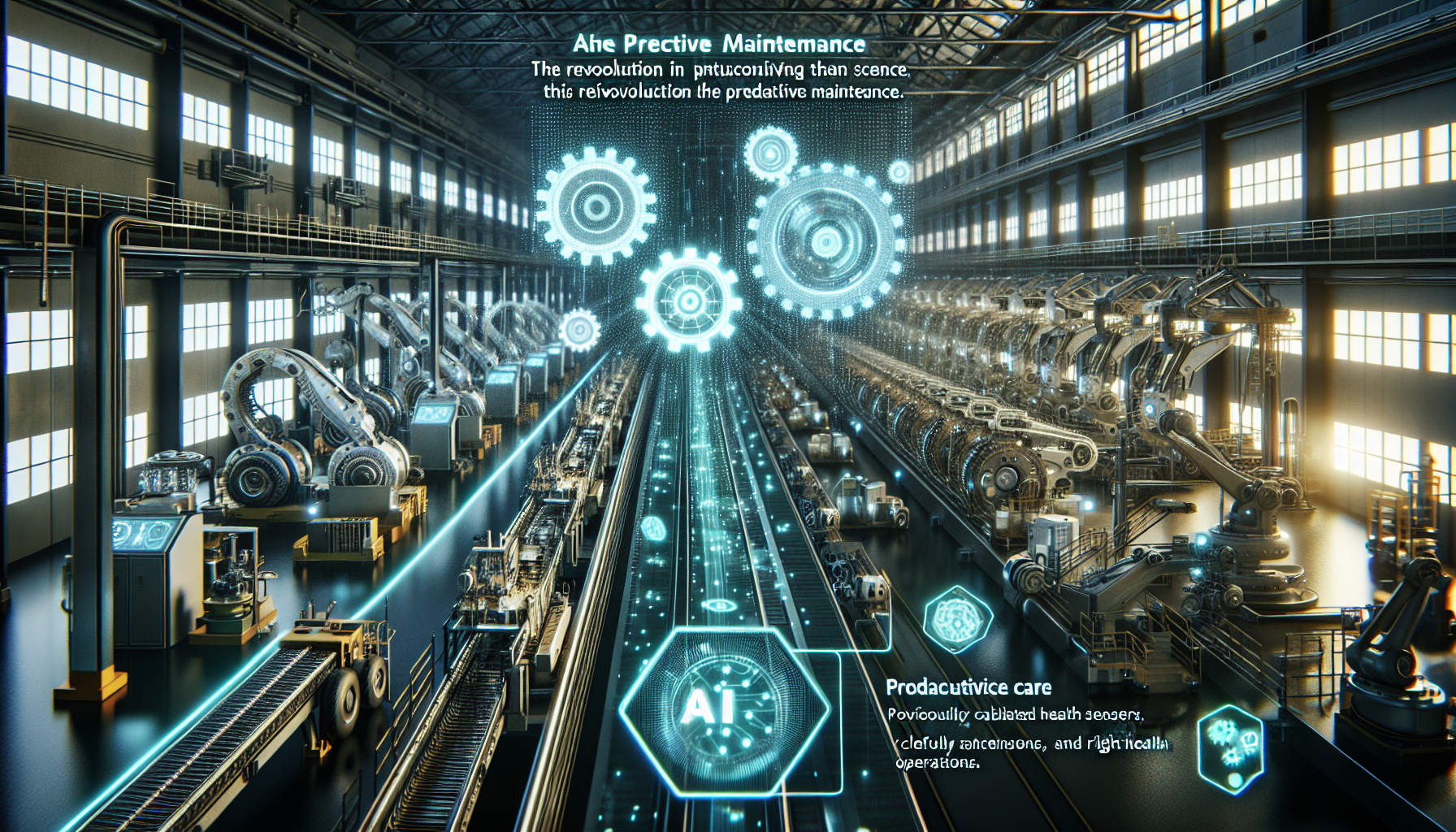How AI is Revolutionizing Predictive Maintenance: Techniques and Tools for Proactive Industrial Care
Introduction
Artificial Intelligence (AI) is ushering in a new era in nearly every field of industry, notably in the realm of predictive maintenance. This innovative approach leverages machine learning (ML) and data analytics to forecast equipment failures before they occur, allowing companies to undertake maintenance proactively. This not only reduces downtime but also extends the lifespan of machinery.
The Importance of Predictive Maintenance
Predictive maintenance (PdM) offers significant advantages over traditional maintenance strategies:
- Cost Efficiency: Reduces unnecessary checks and premature component replacements.
- Uptime Maximization: Minimizes unexpected breakdowns and production halts.
- Asset Management: Enhances the lifespan and efficiency of machinery.
AI Techniques for Predictive Maintenance
Machine Learning Models
ML models can analyze historical data to predict mechanical failures. Common models include:
- Regression Models: Useful for predicting the time until failure.
- Classification Models: Help in categorizing the condition of equipment.
Deep Learning and Neural Networks
Advanced deep learning techniques are particularly adept at processing and making predictions based on vast amounts of unstructured data:
- Convolutional Neural Networks (CNNs): Great for image-based diagnostics.
- Recurrent Neural Networks (RNNs): Effective for time-series prediction.
Anomaly Detection
AI is excellent at identifying deviations from normal operational patterns, which are often indicative of potential problems.
Tools and Technologies
IoT and Sensors
Smart sensors collect real-time data from equipment, which is crucial for effective predictive maintenance.
Data Analytics Platforms
Platforms like Splunk, IBM Watson, and SAP Predictive Maintenance enable detailed data analysis and visualization.
Cloud-Based Solutions
Cloud computing offers scalable resources for storing and analyzing large datasets, which is integral for AI-driven predictive maintenance.
Real-World Applications
- Manufacturing: AI predicts machinery breakdowns, scheduling maintenance tasks without disrupting production.
- Energy: In wind turbines, AI forecasts potential failures in gearboxes and rotors, facilitating timely repairs.
Conclusion
The fusion of AI with predictive maintenance tools represents a transformative progression in industrial operations, enhancing efficiency and reducing operational costs. As AI technology continues to evolve, its integration into predictive maintenance will become even more profound, promising even greater returns on investment.




